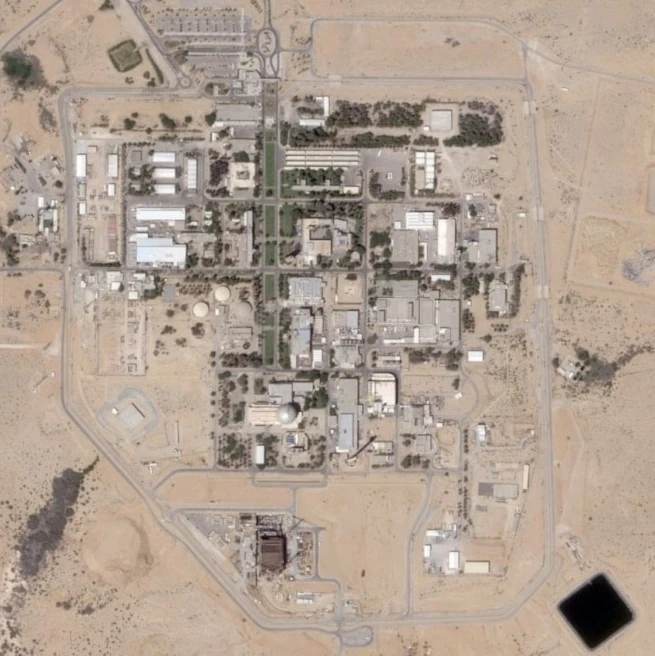Saturn’s moon Enceladus fuels new hope for finding alien life
New research reveals Saturn’s moon Enceladus is rich in complex organic compounds, strengthening the case for potential microbial life within its hidden ocean.
-

This June 2023 image provided by the Space Telescope Science Institute shows the planet Saturn and three of its moons, from left, Enceladus, Tethys, and Dione, captured by the James Webb Space Telescope. (NASA, ESA, CSA, JWST Saturn Team via AP)
The long quest to find life beyond Earth has often turned astronomers’ gaze to distant worlds. Yet scientists now suggest that the most promising signs of extraterrestrial life may lie much closer, within our own solar system.
That hope was reignited this week after a new study revealed that Saturn’s icy moon Enceladus may be far more hospitable than previously thought. Researchers found that it is ejecting a wider variety of carbon-based compounds, the essential building blocks of life, into space.
“I really like Enceladus because it has all the conditions that are at the same place at the time for life to evolve and to thrive,” said Dr. Caroline Freissinet of the French National Centre for Scientific Research.
Beyond complex organic molecules, Enceladus harbors a global ocean of liquid water beneath its frozen surface, as well as hydrothermal vents that could provide energy. The ocean’s pH, salinity, and temperature all fall within the range scientists believe could support microbial life.
Searching near versus far
While researchers continue to look for signs of life on distant exoplanets, Freissinet notes the immense challenges involved. Detecting life beyond the solar system requires identifying atmospheric chemical signatures strong enough to alter an entire planet’s composition, meaning smaller, localized ecosystems could go unnoticed.
“You cannot look for past life on an exoplanet,” she added, pointing out that even when potential evidence emerges, it’s often hard to verify due to limited observation opportunities.
Dr. Nathalie Cabrol, director of the Carl Sagan Center at the SETI Institute, echoed that view: “The issue with exoplanets is that we don’t know much about the environment,” she said. In contrast, nearby celestial bodies like Enceladus, only 1.27 billion kilometers away, can be directly explored.
Both NASA and the European Space Agency (ESA) are preparing missions to investigate Enceladus more closely. Freissinet herself is helping develop instruments designed to search for biological molecules on the moon’s surface.
Yet Enceladus is not alone in the running. Europa, one of Jupiter’s moons, also harbors a vast ocean beneath its icy shell and remains another top candidate for hosting life.
“To me, in the solar system, that’s where we will find life,” Freissinet said.
A natural laboratory for understanding life
Experts emphasize that exploring our cosmic neighborhood doesn’t replace the hunt for life on exoplanets; it enhances it. Studying nearby moons and planets provides a “natural laboratory,” said Dr. Jorn Helbert, who heads ESA’s solar system research division. Findings from these missions help refine models that predict habitability elsewhere in the universe.
“Looking in our own back yard is a win-win,” Helbert explained. “If we discover that there are indeed signs of life [on Enceladus], it makes the search outside our solar system even more exciting. And if we don’t, it forces us to rethink what habitability really means.”
Freissinet summed up the broader implication: “If we find life anywhere else in the solar system,” she said, “it means it’s not random, it means it’s everywhere in the galaxy.”

 3 Min Read
3 Min Read








